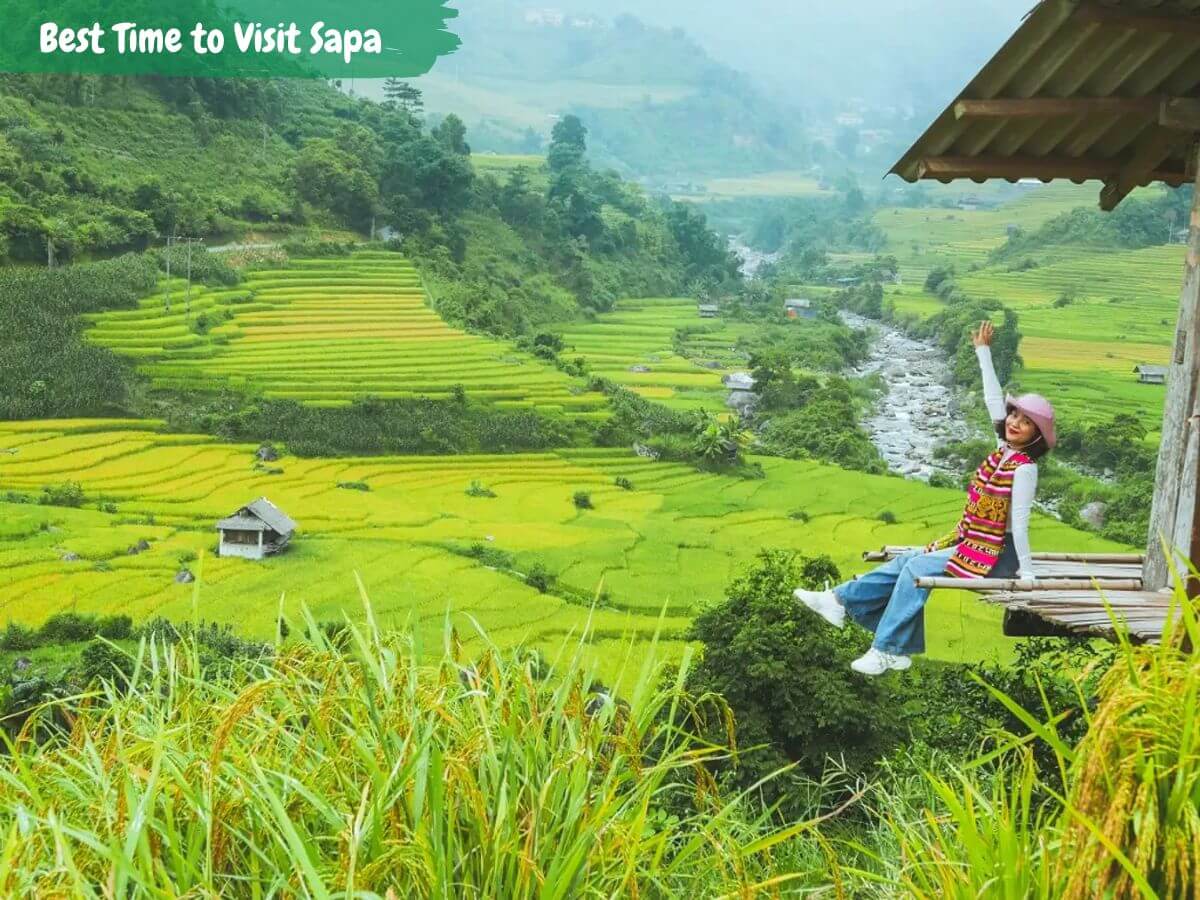Sapa, Travel Guide
Best Time to Visit Sapa Vietnam 2024
When planning your trip to northern Vietnam, knowing the best time to visit Sapa is crucial for making the most of your experience. Sapa, renowned for its stunning landscapes, terraced rice fields, and vibrant cultural festivals, offers something unique in every season. This guide to the ideal time to visit Sapa in 2024 will help you decide when to explore this beautiful region, whether you’re interested in trekking, witnessing the lush green fields, or experiencing local festivals.
Sapa is a popular destination for trekking and hiking enthusiasts, offering a wide range of trails that wind through the breathtaking landscapes of the surrounding countryside. The town is also a gateway to the remote villages of the ethnic minority groups, providing visitors with a rare opportunity to experience traditional rural life in Vietnam. With its stunning natural beauty, rich cultural heritage, and warm hospitality, Sapa has become a must-visit destination for travelers seeking an authentic and immersive experience in Vietnam.
Key Takeaways
- Sapa is a charming town in northern Vietnam known for its stunning mountain landscapes and rich cultural diversity.
- The weather in Sapa is characterized by cool temperatures and frequent fog, making it a popular destination for those seeking a break from the heat of the lowlands.
- The peak tourist seasons in Sapa are during the summer months of June to August and the winter months of December to February.
- The off-peak tourist seasons in Sapa are during the spring months of March to May and the fall months of September to November.
- Special events and festivals in Sapa include the Love Market, Sapa in the Cloud Festival, and the Tet holiday celebrations.
Weather and Climate in Sapa
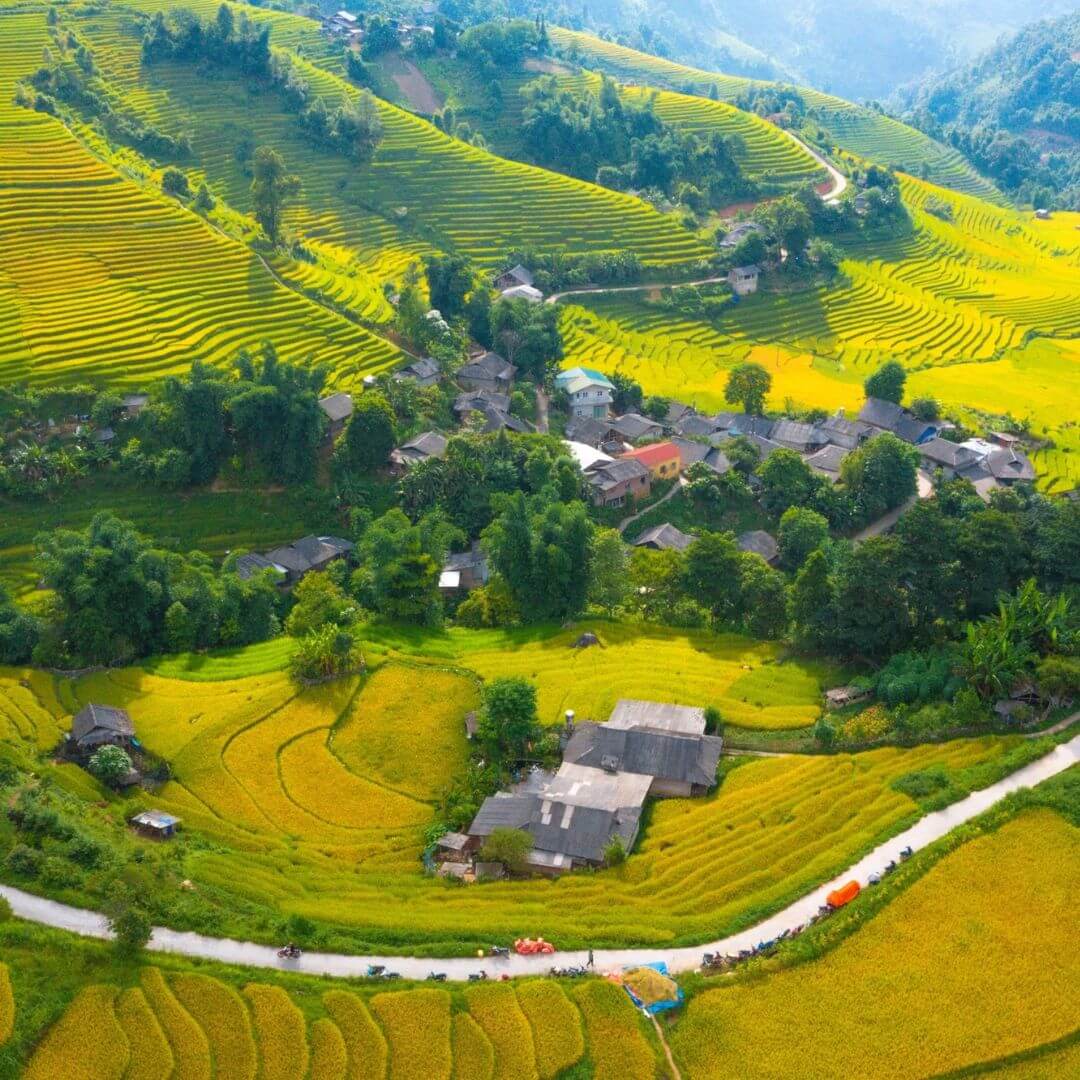
Sapa experiences a temperate climate with distinct seasonal variations throughout the year. The town is known for its cool and misty weather, with fog often rolling in from the surrounding mountains, creating an ethereal and otherworldly atmosphere. The summer months, from May to August, are characterized by warm temperatures and occasional rainfall, making it an ideal time for trekking and exploring the lush green landscapes of Sapa. The autumn months, from September to November, bring cooler temperatures and clear skies, offering stunning views of the surrounding mountains and valleys. This is considered the best time to visit Sapa, as the weather is pleasant and the rice terraces are at their most vibrant.
The winter months, from December to February, bring cold temperatures and occasional snowfall to Sapa, creating a magical winter wonderland that is perfect for those seeking a unique and memorable experience. The spring months, from March to April, bring warmer temperatures and blooming flowers, making it an ideal time for nature lovers and photographers to visit Sapa. Overall, Sapa’s climate offers something for everyone, whether you’re seeking adventure in the great outdoors or simply looking to relax and take in the stunning natural beauty of this enchanting town.
Peak Tourist Seasons in Sapa
Sapa experiences two peak tourist seasons throughout the year, with the first occurring during the summer months from May to August and the second during the autumn months from September to November. During these times, the weather is at its most favorable, with warm temperatures and clear skies making it ideal for outdoor activities such as trekking, hiking, and exploring the surrounding countryside. The rice terraces are at their most vibrant during these months, creating a stunning backdrop for visitors to enjoy.
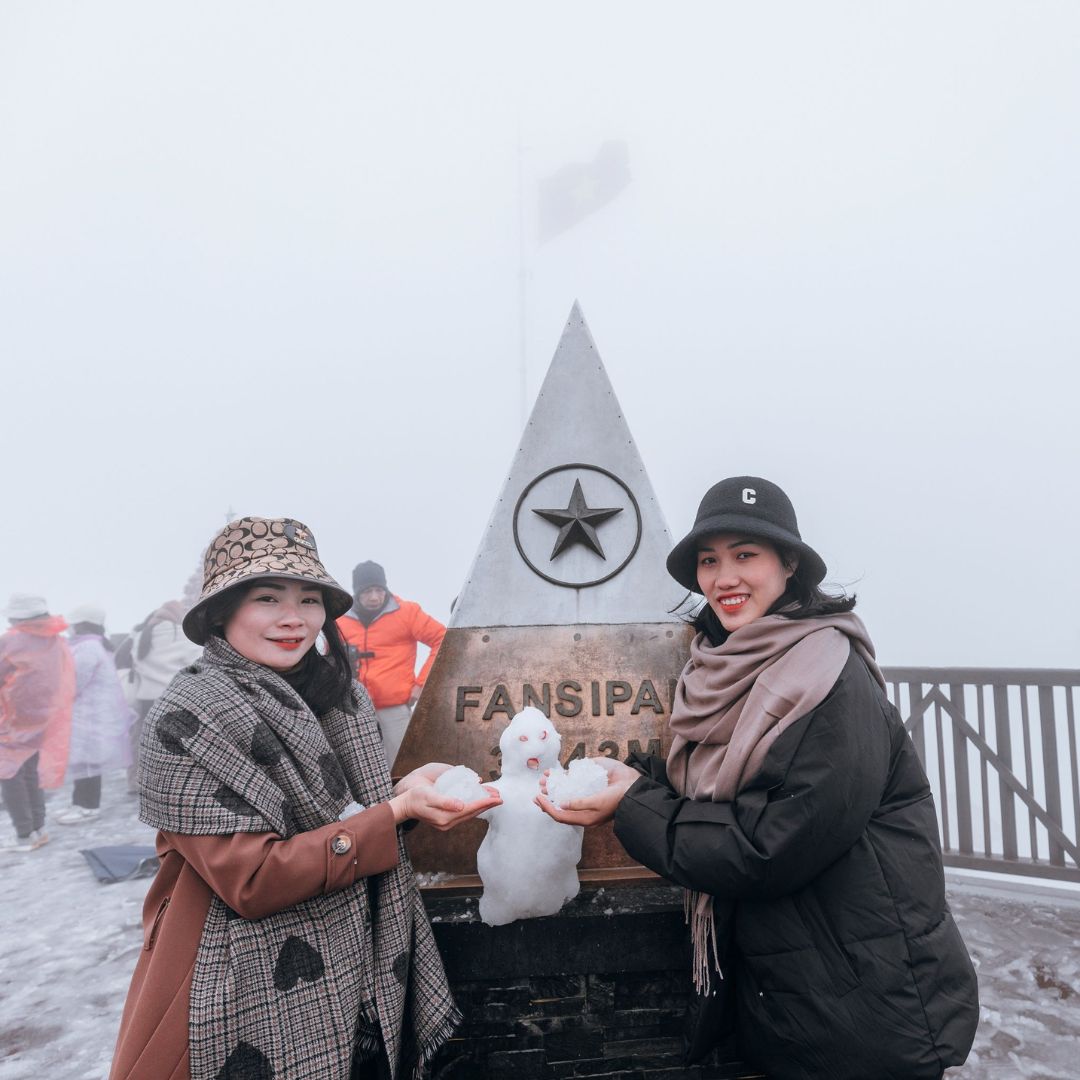
The Lunar New Year, or Tet, is the most important holiday in Vietnam, and it falls between late January and mid-February. Sapa experiences a significant increase in both domestic and international tourists during the Tet holiday period, as many people travel to the region to enjoy the celebrations and traditional festivities. Accommodation and transportation prices tend to be higher during this peak holiday season.
The peak tourist seasons also coincide with several local festivals and events, adding an extra layer of excitement and cultural immersion to the visitor experience. The town comes alive with traditional music and dance performances, colorful parades, and vibrant markets selling local handicrafts and delicacies. As a result, accommodation and tour availability may be limited during these peak seasons, so it’s advisable to book in advance to secure your desired travel dates.
Off-Peak Tourist Seasons – Best Time to Visit Sapa
| Month | Visitor Numbers | Weather |
|---|---|---|
| May | Low | Mild and sunny |
| June | Low | Warm and occasional rain |
| September | Low | Cool and foggy |
| November | Low | Cool and dry |
The off-peak tourist seasons in Sapa occur during the winter months from December to February and the spring months from March to April. While these months may not offer the most favorable weather conditions, they do provide a unique and tranquil experience for visitors looking to escape the crowds and immerse themselves in the peaceful beauty of Sapa. The winter months bring a magical snow-covered landscape to Sapa, creating a serene and enchanting atmosphere that is perfect for those seeking a quiet and reflective getaway.
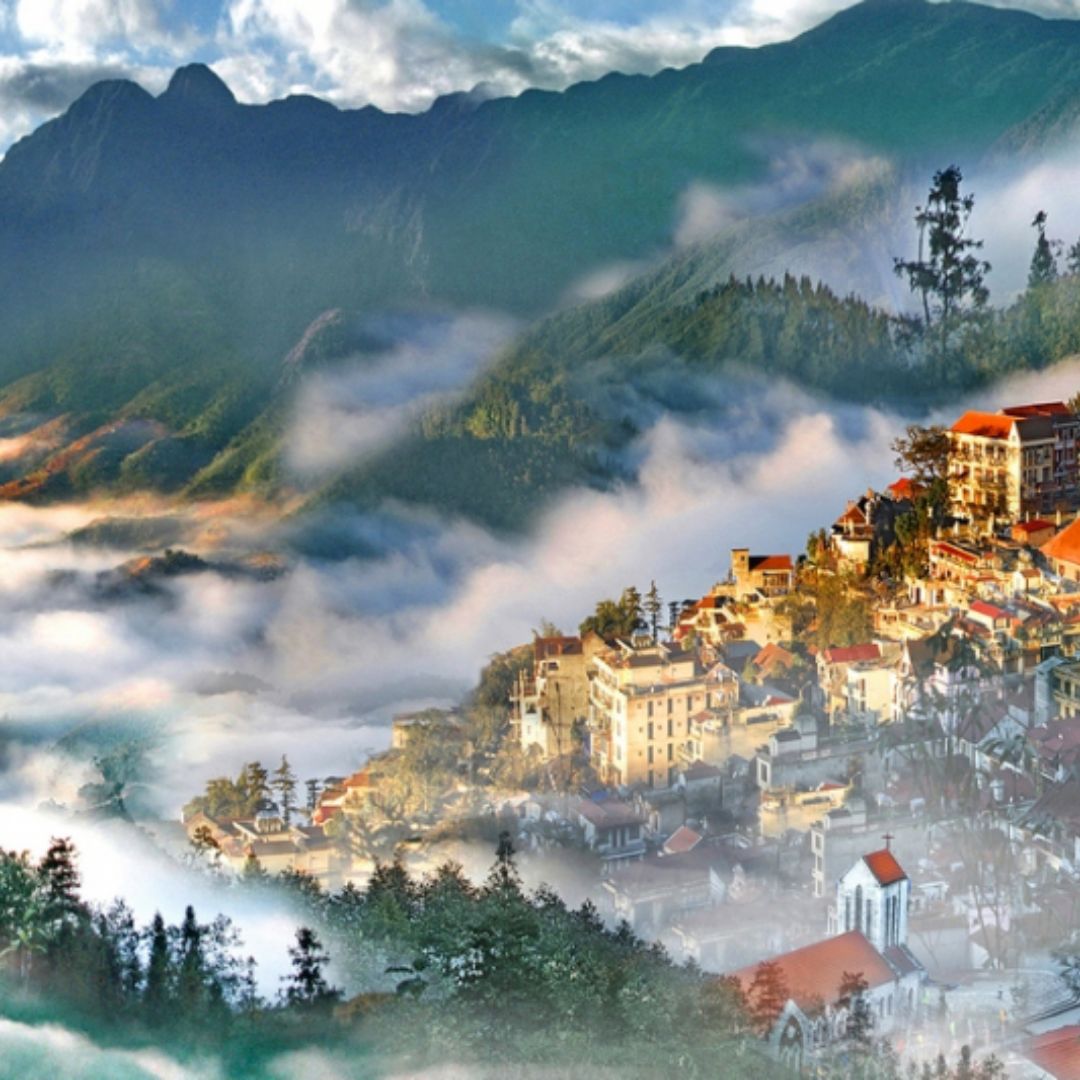
Although the summer months are considered a peak season, the rainy season in Sapa falls within this period, from July to September. During the rainy season, the region experiences heavier rainfall and increased cloud cover, which can make outdoor activities and trekking more challenging. Visitor numbers tend to be lower during this time, and prices for accommodation and transportation may be slightly reduced. Travelers who don’t mind the wet weather and are willing to be flexible with their plans may find the rainy season to be an off-peak time to visit Sapa.
The spring months bring warmer temperatures and blooming flowers to Sapa, making it an ideal time for nature lovers and photographers to explore the stunning landscapes of the surrounding countryside. During these off-peak seasons, visitors can take advantage of lower accommodation rates and fewer crowds, allowing for a more relaxed and intimate experience in this charming town.
Special Events and Festivals in Sapa
Sapa is home to a variety of special events and festivals throughout the year that showcase the rich cultural heritage of the local ethnic minority groups. One of the most popular events is the Love Market, which takes place on Saturday evenings in the town of Sapa. This unique event brings together young men and women from different ethnic groups who gather to sing traditional songs, play games, and find potential partners. The Love Market offers visitors a rare opportunity to witness traditional courtship rituals and immerse themselves in the vibrant culture of the local communities.
Another notable festival is the Tet holiday, which marks the Vietnamese New Year and is celebrated with colorful parades, traditional music and dance performances, and lively street markets selling festive foods and decorations. The Tet holiday is a time of joyous celebration and renewal, with locals coming together to honor their ancestors and welcome the arrival of spring.
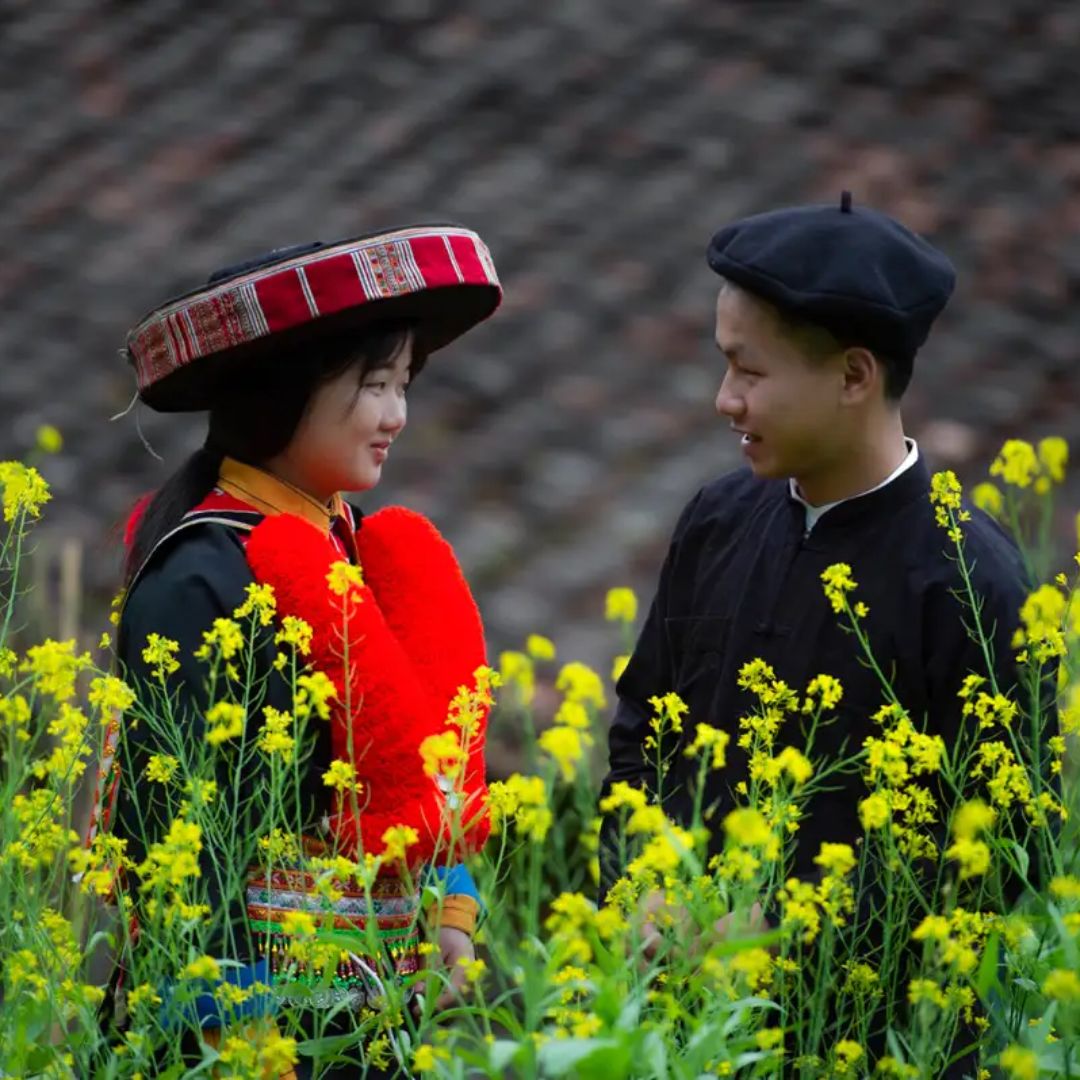
The Gau Tao Festival (January or February) is an important celebration for the Hmong people, marking the Lunar New Year. This festival involves various traditional activities such as singing, dancing, and sporting events. It’s a time for the Hmong community to pray for good health, prosperity, and happiness in the coming year.
Celebrated by the Giay ethnic group, the Roong Pooc Festival (Late January or early February, in Ta Van Village), also known as the “Going to the Field” festival, is held to pray for good crops and prosperity. The festival includes traditional games, dances, and a communal feast. It’s a great opportunity for visitors to experience the vibrant cultural life of the Giay people.
These special events and festivals provide visitors with a unique opportunity to connect with the local culture and traditions of Sapa, creating unforgettable memories that will last a lifetime.
Tips for Visiting Sapa
When visiting Sapa, it’s important to be prepared for the varying weather conditions by packing layers of clothing that can be easily added or removed as needed. Comfortable walking shoes are essential for exploring the town and surrounding countryside, as well as a good quality rain jacket or poncho for unexpected showers. It’s also advisable to bring sunscreen, sunglasses, and a hat to protect against the strong sun at higher altitudes.
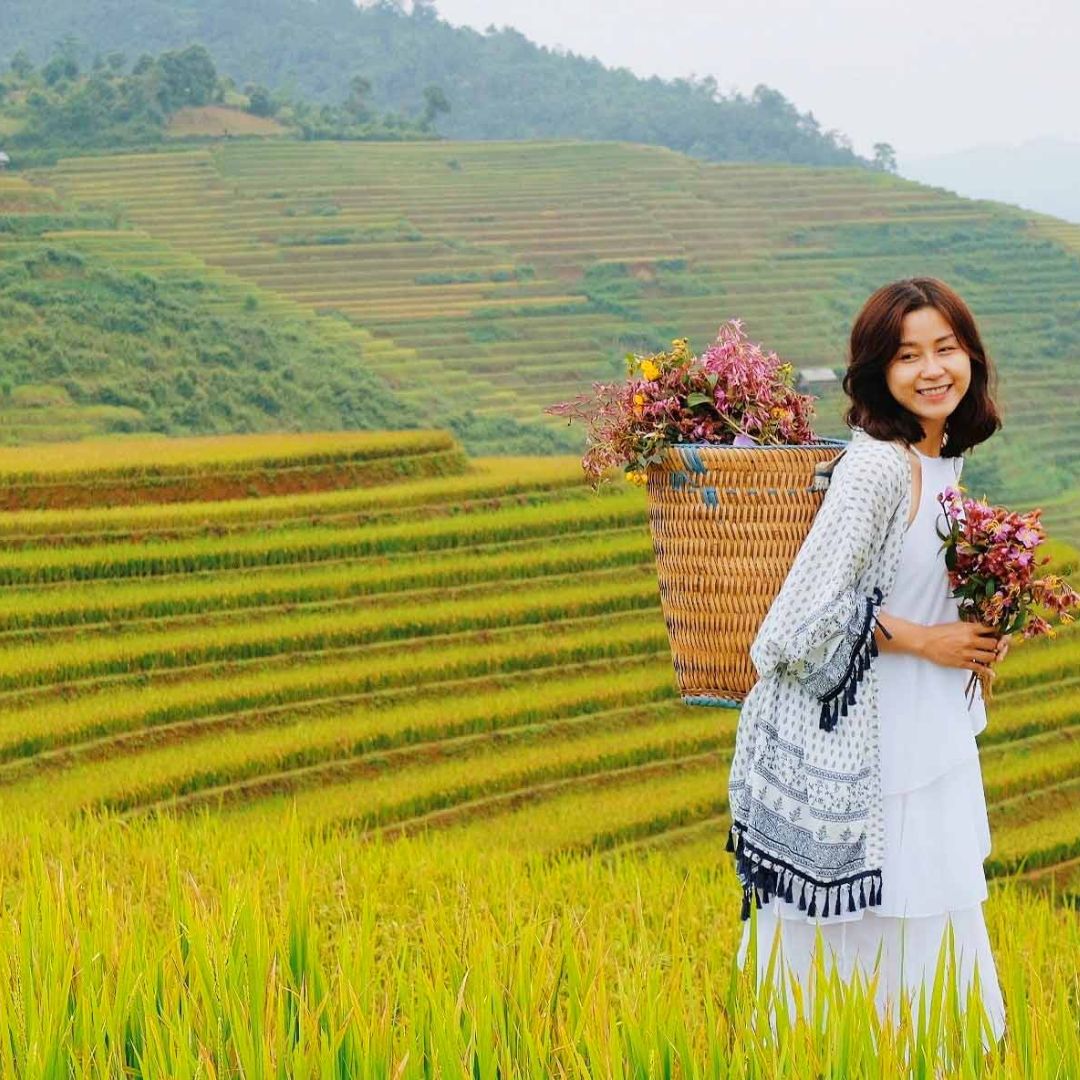
For those planning to trek or hike in Sapa, it’s recommended to hire a local guide who can provide valuable insight into the area’s history, culture, and natural landmarks. Additionally, visitors should be respectful of the local customs and traditions of the ethnic minority groups by asking permission before taking photographs and refraining from purchasing counterfeit or mass-produced handicrafts that may exploit local artisans.
Finally, it’s important to stay hydrated while exploring Sapa’s mountainous terrain by carrying an ample supply of water and snacks. It’s also advisable to bring some cash in Vietnamese Dong as many establishments may not accept credit cards. By following these tips, visitors can ensure a safe, enjoyable, and culturally sensitive experience in Sapa.
Choosing the best time to visit Sapa depends on what you want to experience. From the vibrant green rice terraces of summer to the misty, romantic landscapes of winter, each season offers something special. Whether you’re a trekker, a photographer, or a cultural enthusiast, Sapa has something to offer all year round. Plan your trip according to your interests and enjoy the breathtaking beauty and rich culture of Sapa in 2024.

